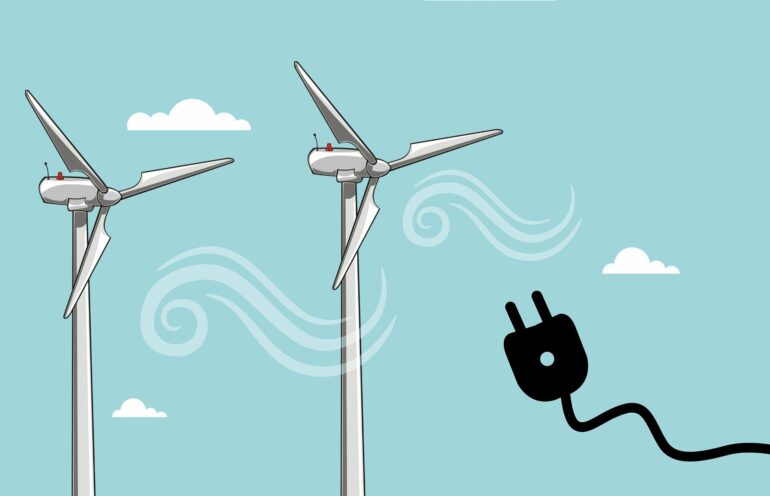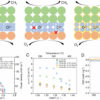Government subsidies for business practices and processes should be approached with caution, even when they seem to be environmentally friendly, writes a group of scientists and economists in this week’s Policy Forum in the journal Science.
They argue that subsidies can alter market pressures, leading to unintended consequences that not only perpetuate harmful subsidies over time but also diminish the overall effectiveness of those intended to promote environmental sustainability.
Therefore, when they must be used, subsidies should have clear end-dates, advise the authors.
“We’ve got this odd juxtaposition of trying to get rid of subsidies in some sectors, and then ramping up subsidies in others,” says lead author Kathleen Segerson, Board of Trustees Distinguished Professor of Economics at the University of Connecticut. “The question that interested me was: is this a good thing or a bad thing?”
Segerson and her co-authors are a group of internationally leading economists, ecologists, geographers, psychologists, and other scientists who convened for the 2022 Askö Workshop sponsored by the Beijer Institute for Ecological Economics in Stockholm, Sweden.
Subsidies can be powerful motivators that further environmental and sustainability goals, say the authors. For example, the United States’ Inflation Reduction Act of 2022 uses tax credits and incentives for things like electric vehicles (EVs), solar power, and wind power to meet its renewable energy and efficiency targets.
They can also be a politically easier approach to enacting change than creating new laws or taxes, says Segerson, and are even sometimes viewed as political capital, to ensure support from particular interest groups.
But some subsidies that appear to encourage sustainability are not so simple, the authors explain. Sometimes they can have negative spillover effects.
Take the case of EVs: Switching from gasoline-powered cars to EVs reduces greenhouse gas emissions. When subsidies for EVs and their technology create more inexpensive EVs, however, that market will expand, increasing overall vehicle use.
“When you’re subsidizing any industry, you’re essentially promoting that industry,” says Segerson.
But if subsidies instead went to increased infrastructure for and access to public transportation, more people might get rid of their cars, making the net positive environmental impact much greater.
“A subsidy that might have initially been viewed as beneficial for society might eventually be recognized as having costs that greatly exceed benefits,” the authors write.
Many subsidies in place for decades have long been identified by economists and environmentalists alike as actively contributing to climate change and biodiversity threats.
The authors cite that U.S. agricultural input subsidies have been shown to drive 17% of nitrogen pollution, while production subsidies account for 14% of global deforestation. In 2018, nearly 70% of $35.4 billion in fishing subsidies went to increasing fishing capacity through aid like fuel purchases, capital investment, and infrastructure, all of which contribute to overfishing.
Despite the leaders of the G20 committing to phasing out inefficient fossil fuel subsidies more than a decade ago, some sources estimate that there were still $1.3 trillion in global fossil fuel subsidies in 2022, owing to the considerable vested interest and political pressure from benefiting corporations to keep them in place.
In the United States, the Biden administration has tried repeatedly to repeal tax breaks for fossil fuels but hasn’t succeeded, leading a New York Times article to call the subsidies “zombies of the tax code: impossible to kill.“
From an economic efficiency perspective, it’s better to tax activities that generate negative effects, such as a carbon tax, says Segerson—but they are a hard sell.
“Environmental taxes are very difficult to get passed, so you’d rather have the subsidy than nothing,” she says.
Subsidies that reduce negative environmental impacts are therefore a second-best solution, she says. Imposing time limits is of great importance to ensure the subsidies that are the best we can do now can be removed when something better is possible.
“We can subsidize these greener production processes, but cautiously, and recognizing that we don’t want to have a reliance on these subsidies over the long term,” says Segerson.
More information:
Kathleen Segerson, A cautious approach to subsidies for environmental sustainability, Science (2024). DOI: 10.1126/science.ado2615. www.science.org/doi/10.1126/science.ado2615
Provided by
University of Connecticut
Citation:
Green subsidies may have hidden costs, experts warn (2024, October 3)



